The OPPO Watch X is a stylish premium Google Wear OS watch with a unique dual engine that, depending on use, can last from 2 to 12 days.
Let’s start with the dual engine. It has the Qualcomm Snapdragon W5 Gen 1, which provides heavy lifting for smartwatch functions, and a BES2700BP ultra-low-power processor using an ARM Cortex-M55 MCU. These work together to provide a Hybrid Wear OS 4.0 and RTOS (Real-time Operating System) that can run the watch for 2-12 days under laboratory testing.
It is very similar in concept to the original—the best all-around Google Wear smartwatch that can last 21 days. I still use this because it provides a huge 46mm rectangular AMOLED screen (like the Apple Watch) that I consider is far more usable than the Watch X’s round screen. Still, I will put biases aside.
While it runs Wear OS, you cannot use that app. An OHealth app overlay records fitness data and provides access to about 100 watch faces (these support Hybrid mode). You can share your personal data with Google Fit, Health Connect, and Strava. It does not (as far as we are aware) pair with the Google-owned Fitbit app.
My take: It is a great 47-mm round smartwatch offering and strong competition to the new Samsung Galaxy Watch7, starting at $599 (BT/Wi-Fi/44mm) to $1299 (Ultra LTE/47mm).
AUSTRALIAN REVIEW: OPPO Watch X
Please note that this is similar to OPPO’s sister company, the OnePlus Watch 2, but all specs here are for Watch X.
| Website | Product page Manual |
| Price RRP | $699 in Platinum Black or Mars Brown |
| From | Exclusively OPPO Store |
| Warranty | 24-months |
| Made In | China |
| Company | OPPO is now #2 in Australia for Android smartphone market share. It has achieved this by offering excellent products and after-sales service. OPPO has been in Australia since 2014 and has full offices, a warehouse, and service. |
| More | CyberShack OPPO news and reviews |
We use Fail (below expectations), Pass (meets expectations) and Exceed (surpasses expectations or is the class leader) against many of the items below. We occasionally give a Pass(able) rating that is not as good as it should be and a Pass ‘+’ rating to show it is good but does not quite make it to Exceed. You can click on most images for an enlargement.
We are also tightening up on grading. From now on, Pass, for example, means meeting expectations for the price bracket. We consider a Pass mark to be 70+/100 with extra points added for class-leading and excellence.


First Impression – Big and round
It is a big watch at 47 (round) x 13.65mm deep x 80g (including most straps). It looks monolithic but sits well on most men’s wrists. The strap is adjustable from 140-210mm, but it may not suit smaller wrists.


The Platinum Black has a polished black metal case, black bezel, and Fluoro rubber strap with a stainless-steel buckle. The Mars Brown has a satin-brushed stainless steel case, black bezel, and brown Fluro rubber strap.
Standard 22mm straps can be used, and eBay is an excellent source for variety (over 700) and cost.

It has a rotating crown button (scrolling has not yet been implemented), a multi-function button, and swipe, pinch, and zoom screen controls.
Screen – very usable and bright – Pass+
It is a 1.43” 466×466 (round), 326ppi, 600/1000HBM nit, AMOLED that is bright and daylight readable.
You can set it to raise or tap to wake, adjust brightness, change text size, and set screen timeout to suit your desired battery life. You can also select Always on, but that chews battery life.
We cannot test a small device for nits, but I can tell you that it is very bright. Six hundred nits is for the whole panel. I understand that 1000 nits High Brightness Mode is yet to be implemented and is for momentary outdoor use.
Summary: At default, it presents a terrific daylight readable screen with enough space to show five lines of messages.
Processor – Dual engine – Pass+
Under most circumstances, it shares the load between the 4nm 1.7Ghz Snapdragon W5 Gen 1 and the 20nm BES2700BP Ultra Low Power co-processor. The only caveat is that you must use a watch face that is ‘hybrid-aware’.
It has 2GB RAM + 32GB ROM- the latter can store some on-device MP3 music for offline streaming. It also has a dedicated 4GB EMMC for RTOS.
- BT is 5.3, and it supports fast connection.
- Wi-Fi s 4 N 2.4/5GHz
- GPS Dual L1+L5 for Beidou, GPS, Galileo, GLONASS, QZSS <2m accuracy (tested)
- NFC for Google Pay
It does not have a 4G or 5G mobile connection. Benchmarks
Summary: The processor and co-processor offer significant choices of battery life versus features (see table later).

Sensors – Pass
It has an accelerometer, gyroscope (, optical heart rate sensor, optical pulse oximeter, geomagnetic sensor, light sensor, and barometer.
OHealth records VO2 Max, Heart Rate, Stress, Sleep, and SpO2 (blood oxygen level). It does not require TGA approval as a health device.
Overall, the distances were comparable to those of the original OPPO watch and about 5% less than those of the Google Pixel Watch 2.
OS – Pass+
Wear OS 4.0 + RTOS (Real-time Operating System for dual processor). It has Google Assistant on the watch paired with a smartphone and will control a smart home. It will run any WearOS apps from the Google Play Store.
OPPO will provide two Wear OS upgrades and three years of security patches.

Build – very good – Exceed
It is MIL-STD-810H tested:
- High temperature 70℃,
- Low temperature -40℃
- Temperature shock
- Solar radiation
- Rain
- Humidity and heat test
- 96-hour salt spray
- Sand and dust
- Immersion
- Vibration
- Impact
- Temperature humidity-altitude
- Fluid contamination
- Acidic atmosphere
- Ice accumulation and freezing rain
- 5ATM/IP68 but not a divers watch.
The case is made from Austenitic high-grade, CNC-milled, stainless steel. The base is polycarbonate (PC/PC + glass fibre) with two-colour injection moulding. The glass is 2.5D Sapphire crystal with 8+ Mohs hardness.
It is a keeper.
NFC – Pass+
Excellent speed and reliability.
Speaker – Pass
As a hands-free phone, it is better to answer the call on the watch and switch to the phone as the volume and mic sensitivity are a little low—it has no noise cancellation. It does not play BT or locally stored music—you need headphones, and these are better connected to the smartphone.
Battery – depends on what you want
It is a 500mAh lithium-ion battery (large) with a typical charge time of 60 minutes at 5V/2A/10W. It will charge from any USB-C PD, PPS charger or laptop port.
Battery life depends on use—see the table below. In our tests using out-of-the-box defaults, we regularly got between five and six days, and in Power Saver mode, up to 12 days.
| You must use the official watch faces | Smart up to 100h uses dual-engine | Heavy use up to 48h | Power saver for up to 12 days |
| AOD | Off | On | |
| Health Monitor | Default | Default | |
| BT | 14.2h/day | 12.2h/day | As required |
| Wi-Fi | 1h/day | 2h/day | |
| Sleep Monitor | 6.5h/day | 6.5h/day | 6h/day |
| Raise to wake screen | 220/day | 300/day | 180/day |
| Messages | 20/day | 180/day | 180/day |
| Screen-on total time | 20m/day | 30m/day | |
| Call reminder | 5s/6 times a day | Same | |
| Bluetooth call | 5m/day | Same | Same |
| Mobile/watch data sync | 500s/day | Same | No |
| BT headset connection | 15m/day | 30m/day | No |
| Outdoor running | 30m/day | 30m/day with GPS | 90m/week |
| Alarm | 3x/day | 3x/day | 3x/day |
App – OHealth – Pass
OHealth should be unnecessary; after all, a Google Wear OS watch should use Google Fit (not the paid Fitbit), and you can share data from OHealth to achieve that.

However, OPPO uses HeyTap (app creator) as its global Internet services platform, with a range of products including an App Market, Theme Store, Game Centre, and Browser. It is operated by the Singapore-based company Bravo Unicorn Pte Ltd and provides services to over 440 million users across more than 40 countries and regions worldwide.
OPPO is asking us to trust HeyTap, and while that is not a stretch, it is another company, along with Google, that has sensitive personal data. Its privacy policy is here, and it is standard and benign. At least it is not a Chinese-owned company; its clouds are in France, Singapore, India, and Indonesia.
OHealth is a smartphone app user interface that provides access to 100+ watch faces that support dual engines. You can use Google Wear OS watch faces, but it only runs as an SD W5 device.

Software Functions
- 100+ native watch faces supported by Dual-Engine Architecture
- Supports Wear OS third-party apps and third-party watch faces
- Google apps – Assistant, Wallet, Maps, Calendar, Phone, Messages, Gmail
- Notifications, Bluetooth calls, alarm clock, stopwatch, timer, weather, media control and playback, settings, battery manager, compass, flashlight, etc.
- Emergency Location SOS Mode (lacking fall detection)
- Flashlight
Wellness Tracking
- Sleep monitoring – Sleep stages (deep, light, REM, waking), sleep score, breathing rate, snoring risk assessment, blood oxygen, daily sleep report, auto sleep detection
- Health monitoring – Heart rate, high/low heart rate warning, resting heart rate, baseline heart rate
- Daily activities and achievement reminders
- Blood oxygen monitoring: single point, all-day
- Stress monitoring
- OHealth app supports Google Health Connect service

Fitness Tracking
- 100+ sports modes
- Six types of automatic recognition (running, walking, cycling, swimming, rowing machine, elliptical machine)
- Professional indicator analysis: aerobic training effect, cardiorespiratory capacity, recovery time, heart rate recovery rate, running posture, track running mode, etc.
Professional sports modes:
- Outdoor Skiing (speed, vertical drop, slope, number of runs, full and single trip distance, etc.)
- Running (cadence, stride length, ground contact time, vertical amplitude, vertical stride ratio, left and right ground contact balance, running power)
- Tennis (swing speed, total strokes, serve, forehands, backhands)
- Badminton (swing speed, number of swings, longest continuous rally, forehands, backhands, overhands, underhands)
- Pool Swimming (pace/100m, number of laps, distance, number of strokes, SWOLF score)
- Jump Rope (number of times, speed)
- Mountain Hiking (distance, climbing height, altitude, cumulative climb, cumulative descent)
- Walking (distance, number of steps, cadence)
- Outdoor Cycling (distance, speed)
- Elliptical Machine (cadence, number of steps)
- Rowing Machine (paddle frequency, number of strokes)
Inbox – Pass
- OPPO Watch X and one strap
- Magnetic charge base with Pogo pins
- USB-A to USB-C 2W 800mm cable
CyberShack’s view – OPPO Watch X – mostly Wear OS and an amazing battery life
You buy a smartwatch to track your fitness metrics and provide some smart functionality on your wrist. Until now, you have needed to charge it daily.
OPPO Watch X does Wear OS and multi-day life with aplomb. Apart from OHealth, it is pretty much pure Google Wear OS, and that is good. More and more, competition (no matter how good) is drawing you down the walled-garden rabbit hole. Android is meant to knock down those walls.
OPPO Watch X Rating
- Features: 80 – it has everything you need apart from things like temperature and menstrual tracking (which is app, not hardware-driven)
- Performance: 80 – Huge battery life, smooth, lag-free and a very good daylight readable screen.
- Value: 80 – it is on par with the competition
- Ease of use: 80 Google Wear OS is intuitive and easy to use
- Design: 80 Made for meaty wrists and look impressive.
CyberShack Verdict
OPPO Watch X
$699


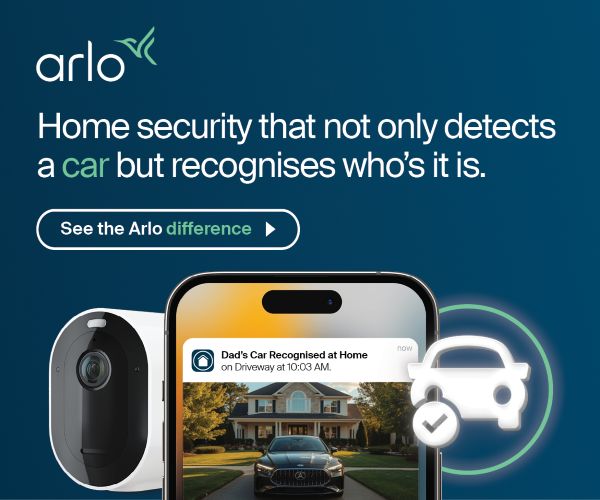

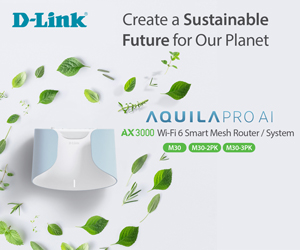

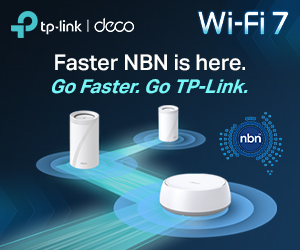

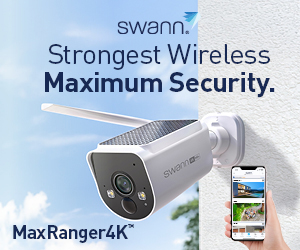


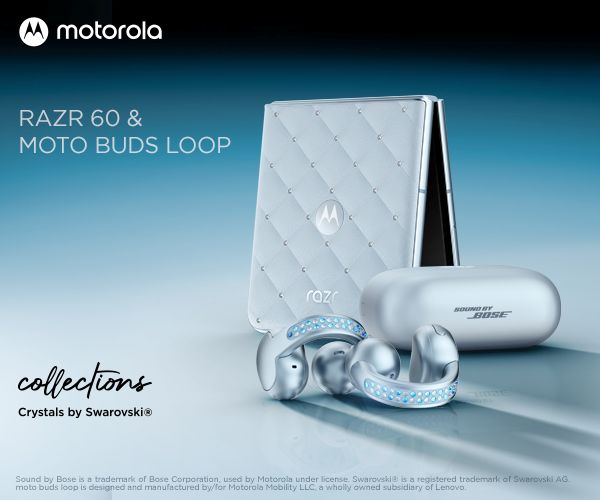
Comments